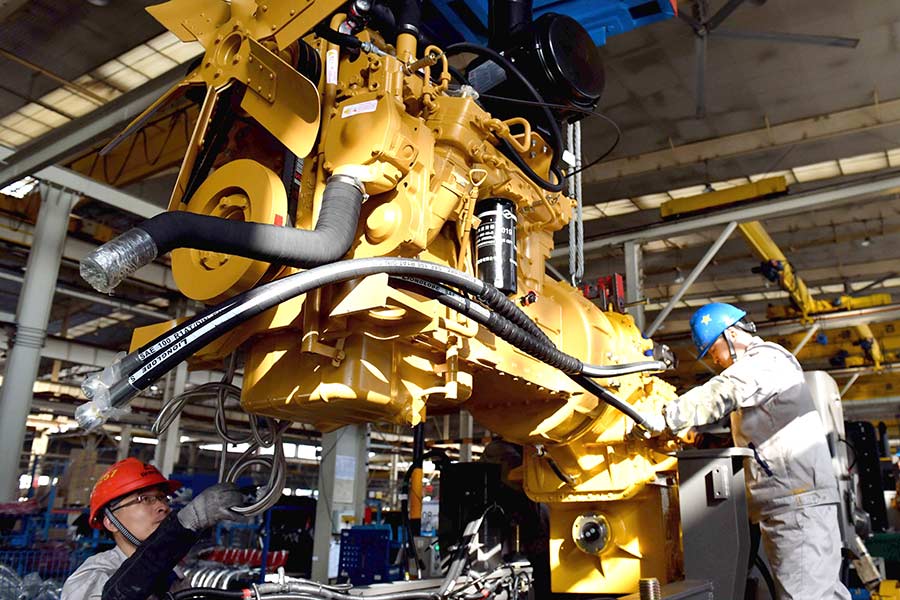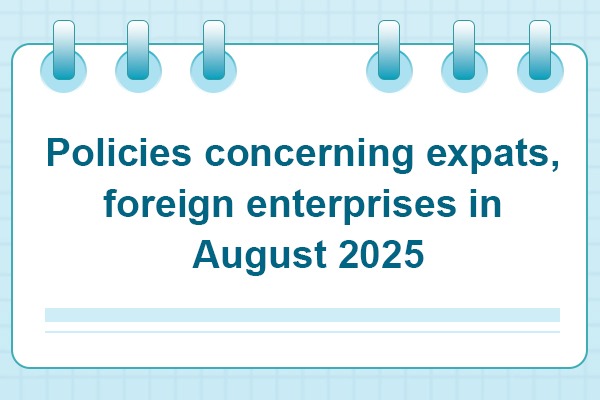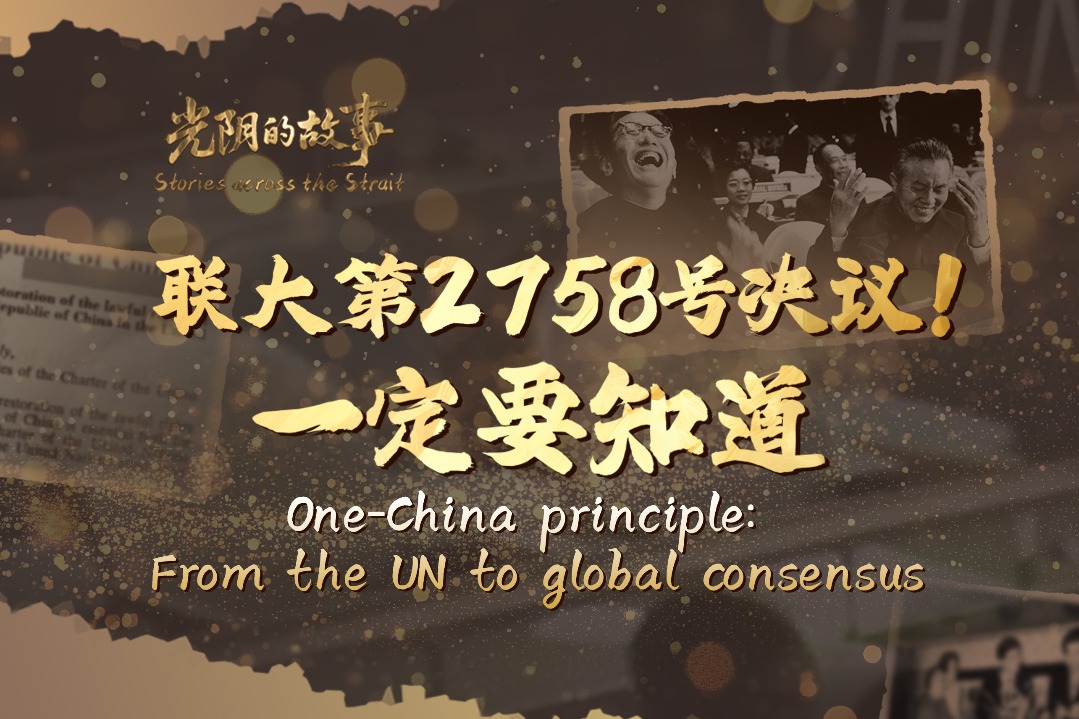GDP target signals more pro-growth measures


Despite a slowdown compared with previous years, China's GDP growth target of around 5.5 percent points to the nation's proactive pursuit of economic progress on a high base and necessitates robust support from macroeconomic policies, Premier Li Keqiang said on Friday.
Meeting such an annual GDP growth rate target means the country will add nominal output of about 9 trillion yuan ($1.42 trillion) this year, much larger than the number a decade ago when an even higher growth rate was achieved, Li said at a news conference in Beijing after the closing of the fifth session of the 13th National People's Congress.
"Slower growth on the surface actually now carries more weight," Li said, adding that the output increment represented by China's growth target this year is equivalent to the aggregate output of a medium-sized economy.
Achieving this year's growth target is not easy given emerging downward pressures and rising uncertainties, necessitating macroeconomic policy support such as expanded fiscal spending to support tax cuts and refunds, Li said.
While the Government Work Report said this year's tax refunds and cuts are expected to reach 2.5 trillion yuan among which value-added tax credit refunds will total 1.5 trillion yuan, Li said the country is prepared to further scale up tax refunds if the measure pays off.
Experts said Li's remarks signaled that China's fiscal and monetary policies may moderately ease to meet the challenges of achieving its GDP growth target, though massive stimulus will still be ruled out.
While the property sector continues to suffer from weakness, and geopolitical tensions have inflated commodity prices and could exert pressure on China's trade surplus, it is necessary for macroeconomic policies to more forcefully and effectively buffer the headwinds, said Zhu Haibin, J. P. Morgan's chief China economist.
Zhu said there remains room for China's central bank to cut policy interest rates by 10 basis points and the reserve requirement ratio by 50 basis points in the coming months, while tax refunds and cuts will alleviate the cash flow pressure especially on manufacturers and smaller businesses.
The tax refunds have significantly boosted restaurant chain Hefu-Noodle's confidence in its development, as the measure will provide cash straight to the company and help offset the negative impact of sporadic COVID-19 outbreaks, it said.
To ensure that local authorities are financially able to put tax cuts and other supportive policies into place, transfer payments from central to local governments are expected to rise 18 percent year-on-year to nearly 9.8 trillion yuan this year, the largest increase since 2012, said Xiang Dong, deputy head of the Research Office of the State Council.
Besides buffering short-term challenges, this year's policies are also forward-looking and sustainable as they have taken into account long-term development goals, such as tackling climate change, the income gap, debt and other issues, the premier said.
For instance, this year's rise in tax cuts and refunds may increase future tax revenue by safeguarding the development of businesses, Li said. "Like building a deeper pool to farm more fish, (our tax cuts) have helped to nurture business growth and create more sources of tax revenue."
Ma Haitao, vice-president of the Central University of Finance and Economics, said this year's fiscal policy has struck a balance between the short-term need for growth stabilization and the longer-term goal of risk prevention.
The expansion in fiscal spending has indicated a greater intensity to boost the economy while the decline in the deficit-to-GDP ratio has created policy room for any new risks and challenges, Ma said.
According to the Government Work Report, the country's fiscal spending will expand by more than 2 trillion yuan from last year, though the deficit-to-GDP ratio was set at around 2.8 percent, down from 3.2 percent last year.
Li added the country will also stick with its long-term agenda of expanding opening-up this year and keep China as an appealing destination for foreign investment by treating foreign enterprises, State-owned enterprises and private firms as equals.
Kaifusai Julaiti contributed to this story.
- China updates master plan for shelterbelt forest
- Chinese aircraft carrier's course 'in line with international law'
- China strengthens legal education with new legislation
- China's third aircraft carrier sails into South China Sea for tests
- National park law strengthens ecosystem protection
- Autumn sunset paints Inner Mongolia's grasslands gold




































